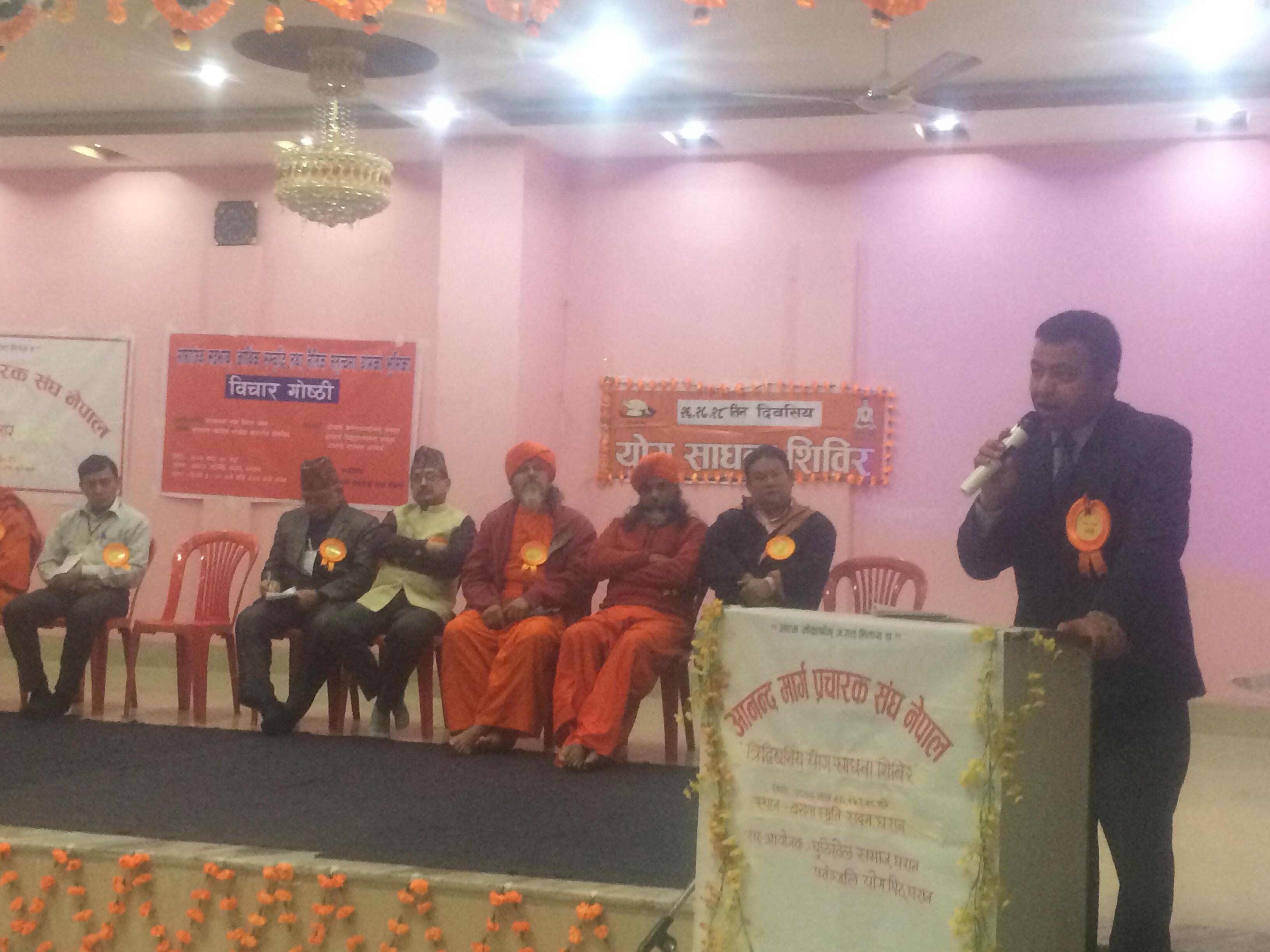How to Cite
KC H, Shrestha S, Chaudhary R, Shah T, Parajuli S. Inpatients nursing care provided in a tertiary hospital of Nepal. BIBECHANA [Internet]. 22Nov.2018 [cited 21May2019];16:204-12. Available from: https://www.nepjol.info/index.php/BIBECHANA/article/view/21641
Abstract
Introduction
Nursing care is necessary for every client seeking any type of healthcare such as health promotion, diagnosis, treatment and recovery. Despite these facts, nurses are given less importance and their works are even unrecognized.
Objective
The objective of this study was to explore nursing care provided to inpatients of medical ward at B. P. Koirala Institute of Health Sciences, Dharan, Nepal.
Methodology
A hospital-based cross-sectional study was carried out in medical ward of B. P. Koirala Institute of Health Sciences, Dharan from Feb 2017 to Oct 2018. Data were retrieved from inpatient admission record book of medical ward of previous 15 months from the initiation of this research work. The admission record book was reviewed and checked for completeness of the record. A total of 290 patients having complete records were enrolled. Collected data were entered in Microsoft Excel and analysed by SPSS software.
Results
More than half patients (52.8%) were male and 44.8% belonged to Janajati ethnicity. The major age group was 15-25 years (17.9%) with a mean and standard deviation of 49.4±20.6. About 28.6 % of the patients were admitted due to cardiovascular-related problems and poisoning (13.1%). Most of the patients (67%) were admitted from the emergency. The median duration of stay was 4 days. Every 8 out of 10 patients were recovered and discharged. General nursing care provided were maintenance of personal hygiene (91.03%), cannula site care (49.7%), providing psychological support (41%), ambulation (8.3%), back care (7.6%), catheter care(6.9%), passive exercise (2.4%), chest physiotherapy(3.7%), sponge bath(9.3%). Specific care provided were propped-up positioning (36.2%), 2 hourly position change (23.4%), random blood sugar monitoring (12.4%), SpO2monitoring (8.9%), watch for oxygen toxicity (9.3%), weight monitoring (3.1%) and pre CAG (coronary angiography) care(2.1%).
Conclusion
Maintenance of personal hygiene, cannula site care, psychological support, two hourly positioning and oral care were the common practices performed.
Keywords
Academics and Institutes, Inpatients, Medical Ward, Nursing Care






